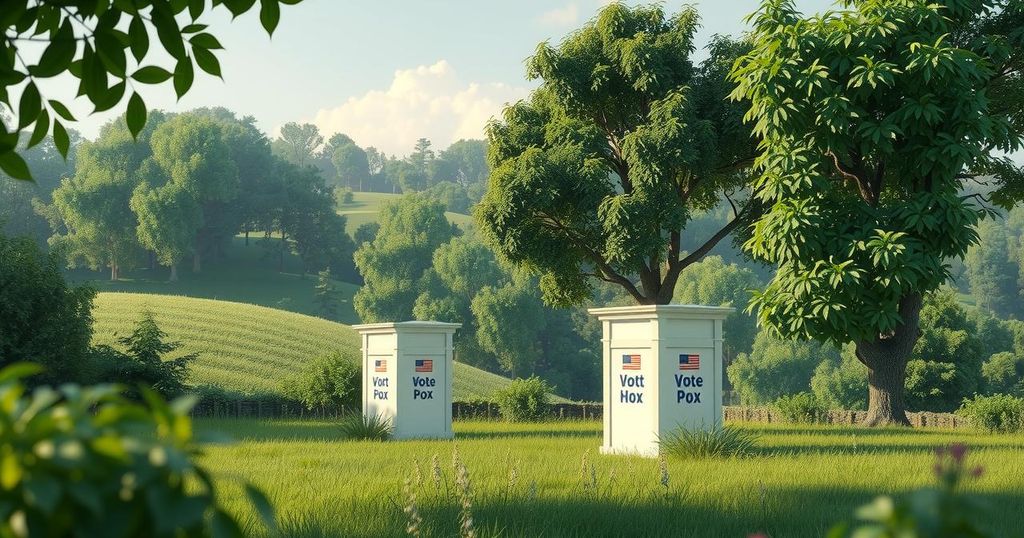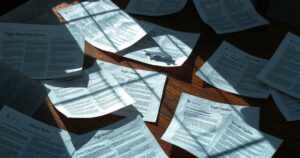Greenlanders Prepare for Historic Election with Six Parties Competing for 31 Seats

Greenlanders are set to elect their parliament, Inatsisartut, on March 11th. Prime Minister Múte Bourup Egede has emphasized unity during this significant election period, which is influenced by external pressures from the U.S. and ongoing debates about self-governance. Six parties vie for control, focusing on economic and political issues concerning Greenland’s autonomy.
On March 11th, Greenland will hold elections for its parliament, Inatsisartut, involving crucial discussions about its future particularly concerning relations with Denmark and the United States. Voting will take place from 09:00 to 20:00 local time. The election was announced by Prime Minister Múte Bourup Egede on February 4th, emphasizing the need for unity and cooperation during these critical times.
The election’s significance is largely influenced by two main factors. Firstly, there is ongoing interest from U.S. President Donald Trump, who has publicly stated intentions regarding Greenland’s control, suggesting a promise of development to the island’s citizens. Secondly, the election encompasses wider debates about self-governance, economic autonomy, and confrontations against past colonial influences from Denmark.
In terms of local concerns, key issues pertain to the Greenlandic economy, welfare systems, job availability, health, education, and military security, particularly related to climate change preparedness. Greenland operates as a self-governing territory under Danish sovereignty, defined by the constitution and the 2009 Self-Government Act.
The Inatsisartut consists of 31 seats with elections held every four years, using a proportional representation system based on the d’Hont method. Currently, six political parties are competing, and a governing coalition is formed by those with the highest representation in the parliament.
Voting rights extend to Danish citizens aged 18 and older who have resided in Greenland for at least six months. About 40,000 individuals are eligible to vote in the upcoming elections, reflecting an engaging democratic process where not only parliament elections occur but also local councils and representatives to the Danish parliament.
The political landscape includes:
– Inuit Ataqatigiit: Aiming for both self-government and long-term independence.
– Siumut: Advocating for increased self-government with a vision for complete independence.
– Naleraq: Focused on liberalizing the business sector and pursuing rapid independence.
– Demokraatit: Striving for short-term self-government success while aiming for independence.
– Atassut: Supporting gradual transformation while valuing the link to Denmark.
– Qulleq: A new party pushing for immediate independence and oil extraction initiatives.
Recent polling results show a notable 90% of Greenlanders oppose becoming part of the United States, affirming that the population desires not to repeat colonial histories but rather to engage in diverse international relations.
The upcoming Greenlandic parliamentary elections represent a pivotal moment in the island’s political landscape. With six parties competing for representation, significant issues surround self-governance, economic independence, and vital relationships with both Denmark and the U.S. The electoral process underscores the Greenlanders’ commitment to maintaining their autonomy while navigating complex international interests.
Original Source: www.highnorthnews.com







